
Animal Farm is a satirical allegorical novella, in the form of a beast fable, by George Orwell, first published in England on 17 August 1945. It tells the story of a group of anthropomorphic farm animals who rebel against their human farmer, hoping to create a society where the animals can be equal, free, and happy. Ultimately, the rebellion is betrayed, and under the dictatorship of a pig named Napoleon, the farm ends up in a state as bad as it was before.

Eric Arthur Blair was an English novelist, poet, essayist, journalist, and critic who wrote under the pen name of George Orwell. His work is characterised by lucid prose, social criticism, opposition to totalitarianism, and support of democratic socialism.

Keep the Aspidistra Flying, first published in 1936, is a socially critical novel by George Orwell. It is set in 1930s London. The main theme is Gordon Comstock's romantic ambition to defy worship of the money-god and status, and the dismal life that results.

Down and Out in Paris and London is the first full-length work by the English author George Orwell, published in 1933. It is a memoir in two parts on the theme of poverty in the two cities. Its target audience was the middle- and upper-class members of society—those who were more likely to be well educated—and it exposes the poverty existing in two prosperous cities: Paris and London. The first part is an account of living in near-extreme poverty and destitution in Paris and the experience of casual labour in restaurant kitchens. The second part is a travelogue of life on the road in and around London from the tramp's perspective, with descriptions of the types of hostel accommodation available and some of the characters to be found living on the margins.

St Cyprian's School was an English preparatory school for boys, which operated in the early 20th century in Eastbourne, East Sussex. Like other preparatory schools, its purpose was to train pupils to do well enough in the examinations to gain admission to leading public schools, and to provide an introduction to boarding school life.
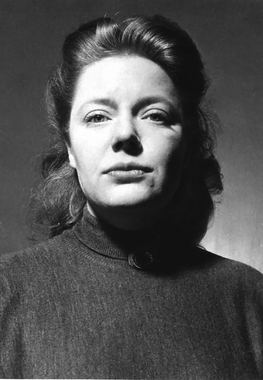
Sonia Mary Brownell, better known as Sonia Orwell, was the second wife of writer George Orwell. Sonia is believed to be the model for Julia, the heroine of Nineteen Eighty-Four.
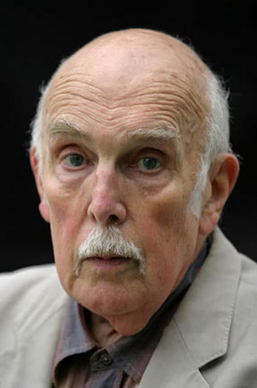
Sir Bernard Rowland Crick was a British political theorist and democratic socialist whose views can be summarised as "politics is ethics done in public". He sought to arrive at a "politics of action", as opposed to a "politics of thought" or of ideology, and he held that "political power is power in the subjunctive mood." He was a leading critic of behaviouralism.

Cyril Vernon Connolly CBE was an English literary critic and writer. He was the editor of the influential literary magazine Horizon (1940–49) and wrote Enemies of Promise (1938), which combined literary criticism with an autobiographical exploration of why he failed to become the successful author of fiction that he had aspired to be in his youth.
Harold Alaric Jacob was an English writer and journalist. He was a Reuters correspondent in Washington in the 1930s and a war correspondent during World War II in North Africa, Burma and Moscow.
"Such, Such Were the Joys" is a long autobiographical essay by the English writer George Orwell.
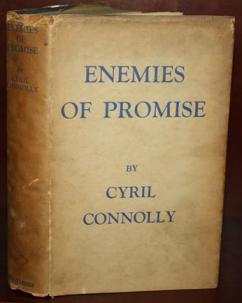
Enemies of Promise is a critical and autobiographical work by English writer Cyril Connolly published in 1938, later enlarged when it was first reprinted in 1948. Together with The Unquiet Grave (1944), it is one of the two books for which the author is mainly remembered.
Brownell is a surname. Notable people with the surname include:
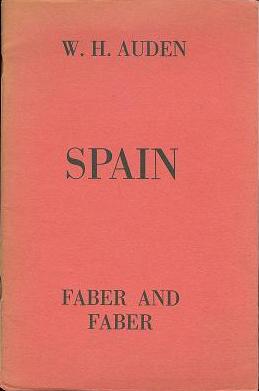
Spain is a poem by W. H. Auden written after his visit to the Spanish Civil War. Spain was described by George Orwell as "one of the few decent things that have been written about the Spanish war". It was written and published in 1937. Auden donated all the profits from the sale of Spain to the Spanish Medical Aid Committee.
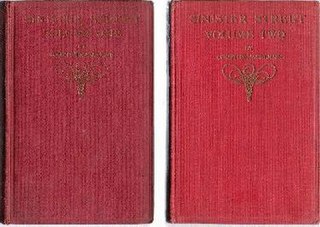
Sinister Street is a 1913–1914 novel by Compton Mackenzie. It is a kind of Bildungsroman, or novel about growing up, and concerns two children, Michael Fane and his sister Stella. Each of them is born out of wedlock, something that was frowned on at the time, but to rich parents.

Horizon: A Review of Literature and Art was a literary magazine published in London, UK, between December 1939 and January 1950. Published every four weeks, it was edited by Cyril Connolly, who made it into a platform for a wide range of distinguished and emerging writers. It had a print run of 120 issues or 20 volumes.
In 1949, shortly before he died, the English author George Orwell prepared a list of notable writers and other people he considered to be unsuitable as possible writers for the anti-communist propaganda activities of the Information Research Department, a secret propaganda organisation of the British state under the Foreign Office. A copy of the list was published in The Guardian in 2003 and the original was released by the Foreign Office soon after.
"How the Poor Die" is an essay first published in 1946 in Now by the English author George Orwell. Orwell gives an anecdotal account of his experiences in a French public hospital that triggers a contemplation of hospital literature in the context of 19th-century medicine.

The bibliography of George Orwell includes journalism, essays, novels, and non-fiction books written by the British writer Eric Blair (1903–1950), either under his own name or, more usually, under his pen name George Orwell. Orwell was a prolific writer on topics related to contemporary English society and literary criticism, who has been declared "perhaps the 20th century's best chronicler of English culture." His non-fiction cultural and political criticism constitutes the majority of his work, but Orwell also wrote in several genres of fictional literature.

Nineteen Eighty-Four is a dystopian novel and cautionary tale by English writer George Orwell. It was published on 8 June 1949 by Secker & Warburg as Orwell's ninth and final book completed in his lifetime. Thematically, it centres on the consequences of totalitarianism, mass surveillance, and repressive regimentation of people and behaviours within society. Orwell, a staunch believer in democratic socialism and member of the anti-Stalinist Left, modelled the Britain under authoritarian socialism in the novel on the Soviet Union in the era of Stalinism and on the very similar practices of both censorship and propaganda in Nazi Germany. More broadly, the novel examines the role of truth and facts within societies and the ways in which they can be manipulated.
Michael Shelden is an American biographer and teacher, notable for his authorized biography of George Orwell, his history of Cyril Connolly's Horizon magazine, his controversial biography of Graham Greene, and his study of the last years of Mark Twain, Man in White. In March 2013 his Young Titan: The Making of Winston Churchill was published. In 2016 his biography of Herman Melville, Melville in Love, was published by Ecco/HarperCollins.












